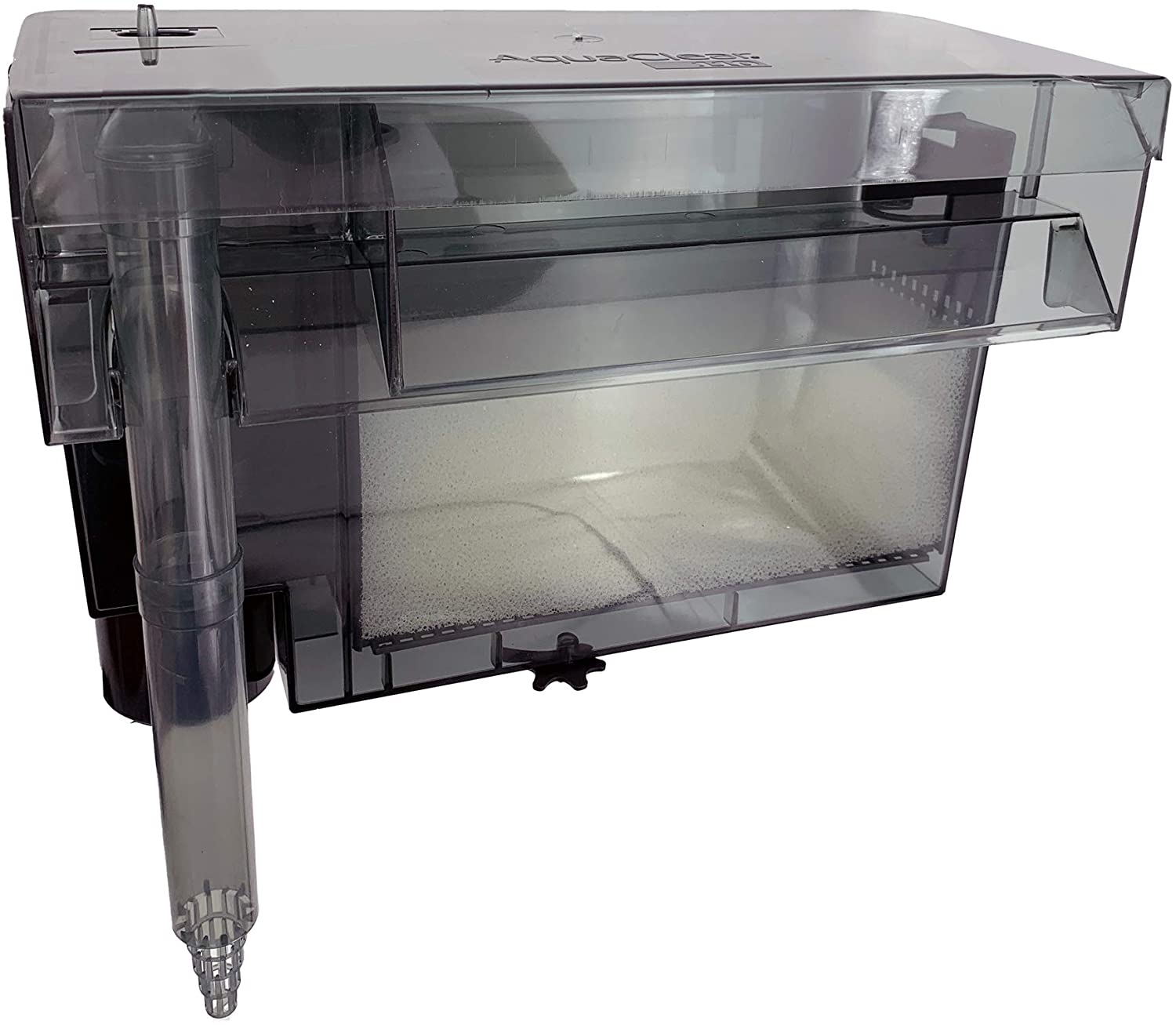Which aquarium filters are best for your tank? The answer depends on how many fish you keep in the tank, how much maintenance you do, and your goals for the tank.
Water quality is critical to the health of your fish, so it is important that you have the appropriate aquarium filters. Waste products can build up quickly, turning to ammonia and making the water poisonous to your fish, but a well filtered tank will keep this from happening and may also allow you to keep more fish in the tank.
There are three basic kinds of aquarium filters, biological , mechanical and chemical. You should definitely have a combination of biological and mechanical in your tank. The verdict is out on chemical filtration, some say you need it, and others feel it is unnecessary or only necessary for sort term if you are trying to correct a certain problem with your water.
Mechanical Filtration – Mechanical filtration removes particles from the water by passing the water through some type of screen or filter.
Biological Filtration – In your tank, the waste from your fish and particles of uneaten food is constantly breaking down in to ammonia which can be toxic to your fish. Biological filtration is necessary so that bacteria, which feed on this ammonia and it’s byproducts making the water safe for your fish, can exist. In order for this bacteria to exists you need to provide a place for the bacteria to grow. This can be the gravel bed itself, a sponge or cartridge in your power filter or the bio media in your canister filter.
Chemical Filtration – Chemical filtration is the use of ammonia absorbing chemicals like carbon or ammonia chips to remove ammonia from the water. Since your biological filtration should be taking care of this, some question the need for this at all. Other than the very early stages when your bacteria bed has not had enough time to build up, chemical filtration may be unnecessary. In any event, if you are using a carbon filter for chemical filtration and you need to medicate your tank, be sure to remove the filter as it will absorb the medication.
Which Aquarium Filters Are Right For You?
Undergravel Aquarium Filters
The most common aquarium filters for biological filtration are Undergravel Filters (or UGF). These consists of a pierced plate that is placed between the substrate and the bottom of the tank. It works by pulling the water through the substrate and returning it at the top of the tank. The UGF allows a bacteria bed to grow in the substrate. Underground aquarium filters are best for tanks under 40 gallons and are quite reasonably priced but do have limitations. Using a UGF, the waste tends to get sucked down into the gravel so your gravel MUST be vacuumed deep down, they also tend to clog and are not recommended if you want to have live plants. On the other hand these filters require little or no maintenance, never need a cartridge change and never wear out.
Power Filters
Power filters are the most commonly used aquarium filters for mechanical filtration in tanks under 55 gallons. Typically, they hang off the back of the tanks and provide mechanical filtration by pulling the water up into the unit and filtering through a cartridge. Most of them also have a carbon cartridge to provide chemical filtration and some even have a “biowheel” that provides biological filtration. Many aquarists use a power filter in conjunction with undergravel aquarium filters for increased water quality.
Canister Filters
Canister aquarium filters are typically used in larger tanks (55 gallons and up) and are recommended for saltwater tanks. They provide a complete solution for all types of filtration and are designed to be flexible so that you can decide how much of each type of filtration is needed. These filters usually are kept hidden in the base of the tanks stand and are therefore considered to be more aesthetically pleasing than the “hang on the back” kind of filter. They work by pushing the water through the filtration material and are considered to be a more powerful means of filtration than the power filter. It is a bit more complicated to set up, however and the maintenance is not as easy as a power filter.
